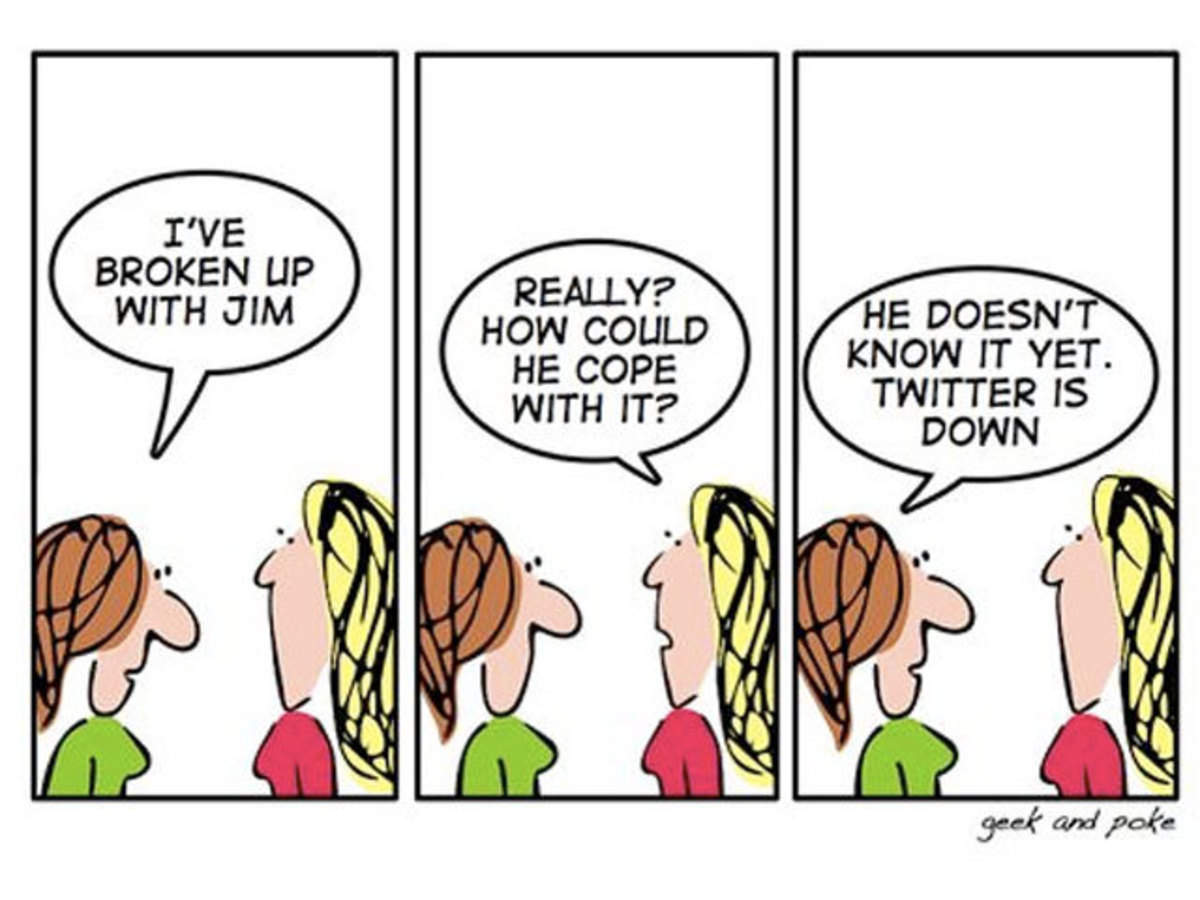Tinder Matrimony
This is where The Matrimony Project comes in: it acts as a responsible version of Tinder for the differently abled. Khona knows that it isn't as simple as setting two strangers up on a date. When you are arranging a date between two differently abled people, with the prospect of marriage, a lot has to be kept in mind. With 55 billion matches to date, Tinder® is the world’s most popular dating app, making it the place to meet new people. My experiences on Funny and Bad tinder dates, and also how I take something out of those dates and keep playing them in my mind, this video is basically ab.
Suneera TandonWriter
Matrimonial websites in India aren’t what they used to be.
For years, online matchmakers such as Shaadi.com and Bharat Matrimony focused on keeping conservative parents happy, reaffirming the idea that the responsibility of finding a life partner rested with elders alone.
However, with growing incomes and greater exposure to global trends, romantic relationships are undergoing a huge change in urban India, spurred by the spread of apps like Tinder and Woo. Today, the young and tech-savvy are taking charge of their love lives with a bolder, more individualistic approach.
And, matrimonial websites are taking note.
Earlier this month, Shaadi.com, one of India’s largest matrimonial website, roped in stand-up comedian Neeti Palta for an online campaign titled “Ladies First,” which encourages women to make the first move, breaking an age-old norm in the dating game.

“I don’t think these campaigns and companies are responding to the dating websites as much as they are to the cultural shift in the country. And this latest Shaadi.com advertisement is the newest representation of that shift,” said Vishnu Srivatsav, creative head for south India at advertising agency DDB Mudra.
That’s a big step for an industry that took years to convince Indians that the love of their life could be found online.
Transforming tradition

Bumble Matrimony
Long before the internet got involved, matchmaking in India depended on word-of-mouth recommendations, references from priests and marriage bureaus, or simply the newspaper classifieds section.
It wasn’t until the late 1990s that websites such as Jeevansathi.com and Shaadi.com were introduced, encouraging Indians to look online for the right arranged-marriage match. This marked the slow beginning of a major cultural shift.
At the time, parents treaded with caution before posting profiles of their sons and daughters online, recalls Sumeet Singh, chief marketing officer, Info Edge Media that owns matrimonial portal Jeevansathi.com. Over the next decade, Jeevansathi and Bharat Matrimony worked to make online matchmaking more acceptable to parents, who gradually warmed up to the idea. For instance, these campaigns spoke to parents about the ease of using the internet to search for brides and grooms.
In the past few years, though, another change has been afoot. Young Indians have been carving out more independence from parents and matrimonial websites have started redesigning themselves for the more progressive user.
In 2013, a Bharat Matrimony ad campaign depicted a husband backing his wife’s choice to work, despite his parents’ disapproval. In 2014, a Shaadi.com commercial urged men to reverse the roles and fast for the health of women during Karvachauth, a popular Hindu festival. The campaign featured popular actors and even author Chetan Bhagat.
“We like to do new stuff because our audience is changing every day,” said Gourav Rakshit, CEO at Shaadi.com.
Similarly, a Jeevansathi.com campaign last year focused on encouraging women to get online to find a match. “It’s the next level of positioning now where parents are not necessarily active in decision-making as opposed to their children,” Jeevansathi’s Singh explained.
Besides, India’s sizeable youth population and growing smartphone penetration have meant that casual dating apps and websites, too, are doing brisk business. The country is Tinder’s fastest-growing market in Asia, even as home-grown apps like TrulyMadly and Woo make merry. Tinder’s first ad campaign in India tried to warm up a conservative market to the idea of dating by showing parental consent.
In their campaigns, they often prioritise common interests and personalities, a shift away from the singular focus on professions and status that often dominates the traditional matchmaking channels. For instance, Woo hosted a web series called “Let’s Talk,” inviting men to describe themselves beyond their professions. And TrulyMadly asked women to check out men. Clearly, the drift is being captured, albeit only for urban Indians.
Tinder Marriage Rate Today
Yet, there are some things that haven’t changed. It is still a conservative society where arranged marriages are still the norm. “Trends are changing, yes, but we are very far from a socio-economic structure where we will accept dating very openly,” Jeevansathi’s Singh said.
Tinder Marriage Statistics
So while new-age apps push the boundaries, websites maintain a fine balance. They appeal to modern sensibilities even while not leaving parents, who still often have the final say, out in the cold.
Tinder Marriages
“They cannot alienate their core audience, i.e. the parents,” Sumesh Menon, co-founder and managing director U2opia Mobile that owns matchmaking app Woo, said.